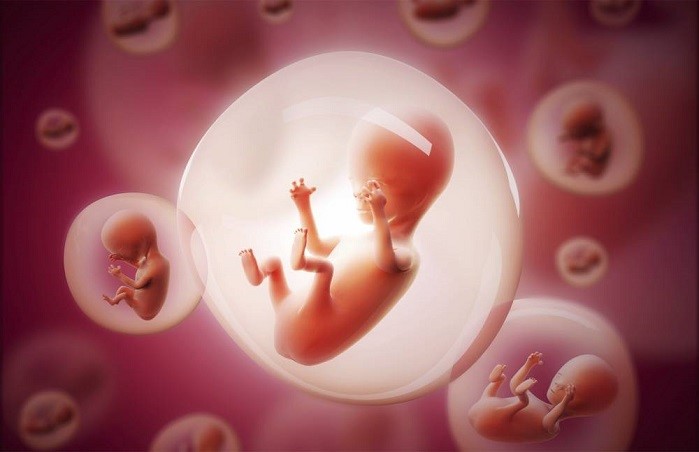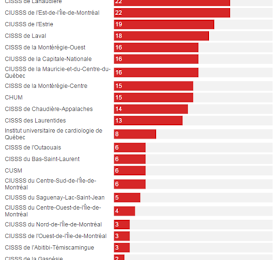Using two types of stem cells (the body’s ‘master cells’) and a 3D scaffold on which they can grow, scientists at the University of Cambridge “have managed to create a structure resembling a mouse embryo in culture,” according to the University of Cambridge.
The study, published in the journal Science, showed how Cambridge researchers “were able to grow a structure capable of assembling itself and whose development and architecture very closely resembled the natural embryo.”
But even the headline on the original source–“Scientists create artificial mouse ‘embryo’ from stem cells for the first time”–misrepresents what the team accomplished.
“The term ‘artificial embryos’ does not accurately describe what the research team created,” said Dr. David Prentice, Vice President and Research Director of the Charlotte Lozier Institute. “These embryos were generated in a laboratory, like ones created through IVF or cloning, but there is nothing else ‘artificial’ about them. While much more work would be needed to create human embryos using this technique, the newly constructed organisms would be real human beings.”
That, however, does not mean the research doesn’t raise a plethora of thorny questions.
“Potential use of this new technique to create human embryos is of great concern for ethical reasons,” Prentice observed. “It opens the possibility of creating unlimited numbers of manufactured human embryos for experimentation, including genetic manipulation and cloning. There is little reassurance that scientists will show restraint in using this technique. Human beings, no matter their age or manner of creation, are not merely raw material and should never be considered fodder for such experiments.”
Lead researcher Prof Magdalena Zenricka Goetz told the BBC, “We knew that interactions between the different types of stem cell [embryonic stem cells and extra-embryonic trophoblast stem cells] are important for development, but the striking thing that our new work illustrates is that this is a real partnership – these cells truly guide each other.”
As of now, researchers say these embryos are “unlikely to develop into a healthy foetus as it would probably need the third form of stem cell [the primitive endoderm], which develops into the yolk sac that provides nutrition,” the BBC reported.
The team mixed the two kinds of mouse stem cells and placed them on a 3D scaffold known as an extracellular matrix. After roughly four days of growth “in a tank of chemicals designed to mimic conditions inside the womb, the cells formed the structure of a living mouse embryo,” according to Daily News & Analysis.
Click here to sign up for pro-life news alerts from LifeNews.com
Dr. Prentice explained a similar technique has been used since 1990 to create new mouse embryos from cellular components (without egg and sperm) and gestate the embryos to birth.
Called “tetraploid complementation,” it “combines pluripotent stem cells (which create the embryonic body) with a second cell type that can generate a trophoblast and placenta,” Prentice said. “It has also been used for genetic engineering to create mutant mouse strains.”
Dr. Prentice returned to his concern over the use of the term ‘artificial.’
“Redefining some human beings as ‘artificial’ or ‘laboratory constructs’ is the first step toward a form of dehumanization that undermines both the character of those who are experimented upon and the society that permits the experiments,” he said. “Science owes its highest duty to truth and that includes the truth about human rights. “
LifeNews.com Note: Dave Andrusko is the editor of National Right to Life News and an author and editor of several books on abortion topics. This post originally appeared in at National Right to Life News Today —- an online column on pro-life issues.





